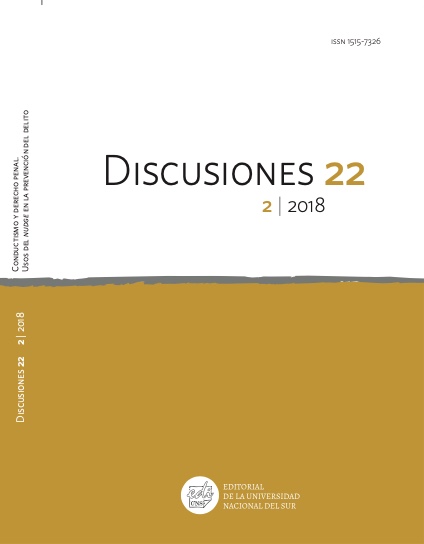Behavioural Analysis of Criminal Law and its Application: a friendly critical assessment
DOI:
https://doi.org/10.52292/j.dsc.2018.2223Keywords:
Behavioral Law and Economics, Criminal Law, Punishment, DeterrenceAbstract
Behavioral Law and Economics (BLE) examines the relations between the law and behavioral sciences. It accepts the premise that human behavior can be predicted; yet supplants the traditional assumptions of rational choice theory with alternative predictions that are grounded in well documented behavioral phenomena. In the context of criminal law and enforcement, BLE maintains that the legal system ought to use findings of be- havioral sciences to induce individuals to act in socially desirable ways. This paper examines some objections to this view from both a principled and a pragmatic perspective. For instance, it explores the concern that behavioral law and economics treats people as mere animals to be tamed rather than as agents, and thus is in tension with the basic premises of criminal law. It also raises some methodological concerns. For example, behavioral predictions are often indeterminate and context-related. On this backdrop the paper argues that despite these limitations, BLE should be used in the context of criminal law and provides particular examples where we believe BLE could contribute greatly to the effectiveness of criminal law norms.
Downloads
Published
How to Cite
Issue
Section
License
Discusiones does not withhold rights of reproduction or copyright. Consequently, authors may share the final versions of publications.


